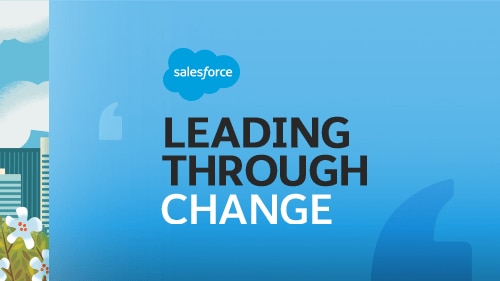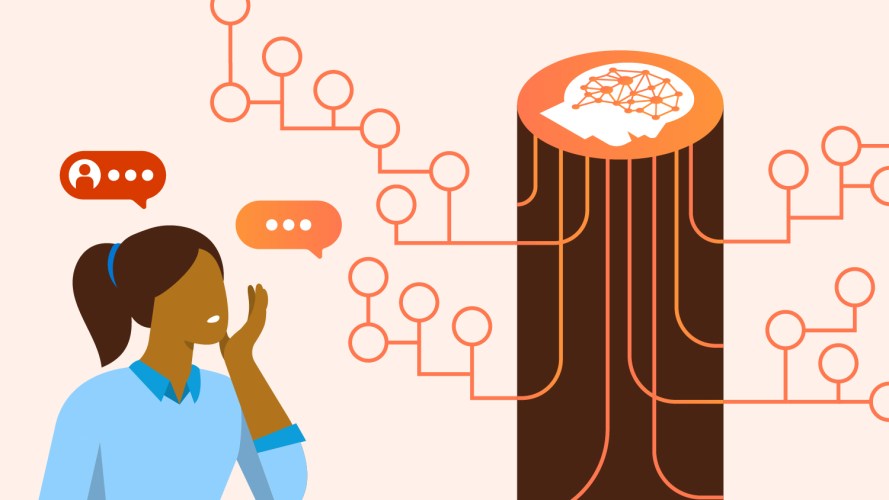How to Adjust Your AI Strategy to Address Volatility in a Time of Crisis



In the face of COVID-19, we’ve changed how we interact with friends, families, colleagues — and businesses. As our behavior has shifted, so has the data connected with it. Now your models may be producing atypical results. Here’s what you need to know to make sure your AI predictions support your customers now.

Sarah Aerni
In the face of COVID-19, we’ve changed how we interact with friends, families, colleagues — and businesses. As our behavior has shifted, so has the data connected with it. Now your models may be producing atypical results.
Businesses now face a shared challenge: how do you predict the unpredictable?
Here’s what you need to know to make sure your AI predictions support your customers in this time of uncertainty.
Where AI predictions can go wrong
Think about how many changes you’ve made in your life over the last several weeks. Multiply that by thousands, millions, and even billions of other people making similar lifestyle changes, and you can imagine the uncertainty it creates for businesses that rely on AI in their customer workflows.
Previously reliable models are suddenly unable to accurately predict an outcome:
- A forecasting model can’t cope with an unforeseen need for increased staffing.
- A lead scoring model for sales has no knowledge of how widespread school closures impact customer meetings.
- Churn models don’t include variables for social distancing or sudden massive job loss.
AI uses historical data to create accurate predictions. But this pandemic is throwing off predicted outcomes. While models can adapt and learn, the rapid changes currently in motion make it difficult for them to learn fast enough.
What can you do in the midst of this volatility? Use these tips to help focus your efforts so you can best support customers today and tomorrow.
6 tips for using AI to empathize with your customer
Now is the time to take a closer look at your AI strategy to ensure accurate data and predictions support a positive customer experience. Companies that get the customer experience right lay the foundation for long-term loyalty. Here’s how.
1. Examine your data and dashboards
Take a close look at dashboards that track important business KPIs: how have they changed? Are your customers waiting longer than usual for resolution?
Slice your data by hour, by day, by week — even by records related to COVID-19. This will help you isolate normal (generally seasonal) patterns from the current shifts in customer behavior.
But take note: if something looks different from one day to the next or one week to the next, it might just be a red herring! Ask yourself why you’re observing specific new behaviors: is it a one-off or is it the new normal? For example, customers buying excess toilet paper isn’t necessarily a new trend, but prolonged purchases of immune-boosting vitamins may be.
2. Inspect your AI models
A powerful, data-driven way to understand how your business is impacted by the pandemic is to compare AI models built on different segments of data.
Use data from last year to build a model, and compare the model to data from this year, or this month if you have enough. Are the models changing? Which attributes were most important? Do they tell you something about how the data is shifting?
3. Monitor, monitor, monitor
It is crucial to know what happens with predictions over time. For example, if you predict how many customers will convert to paid after a free trial, will they exhibit the same behavior given the current situation? Build reports to compare your predicted to your actual values and slice by time again. Has this changed over the last few weeks? These comparisons will help determine which changes are due to COVID-19 factors and will guide you in providing the best support to your customers.
4. Don’t (over)react to every new insight
Pay attention to all areas of the business where you leverage AI. Your fraud detection algorithms looking for anomalous behaviors may go haywire because everything is in a state of flux. These anomalies may be the new normal or may return to the way things were before.
The challenge is we simply don’t know yet, so you need to wait and see.
Depending on where we land, this will determine how to respond in the new steady state. Do you keep this data from future model training? Do you leverage it differently? You will need to continue to monitor your predictions and continue to adapt.
5. Update your business processes
A prediction is no better than the business process it powers. After all, you may be able to perfectly predict the future, but if it doesn’t drive a business outcome, it’s not very useful.
During this time of rapid change, you may need to make adjustments to your automated workflows. Maybe you have a model that predicts if a customer will pay an invoice late which kicks off a reminder email if the likelihood is high. Be sure to adjust your customer communications so the message to customers is empathetic and compassionate. The last thing you want to do is send a nasty-gram that creates more stress and alienates the customer.
6. Above all else, win as a team and lead with empathy
It takes a village to solve this problem.
Bring together your business experts and your Salesforce admins to examine models. Bring in analysts to slice your data and discuss insights with them. Everyone from your product teams to sales teams can bring diverse perspectives and collaborate on the right way forward.
In our day-to-day lives, we are excited about the possibilities of AI, and the opportunities it brings to our business. It can be easy to forget that every data point is a person. But in this crisis, more than ever, we need to remember this simple fact — every one of us is living this shared experience. How do you want your company’s response to be remembered?
For more business and leadership inspiration, check out our entire Leading Through Change series.
The Einstein team is here to help you through this uncertain time. If you and your team need help to audit your predictions and create an action plan to move forward, please reach out to your AE to get in touch with one of our Einstein experts. Read more about how to get started with Einstein Artificial Intelligence on the Einstein Hub.























